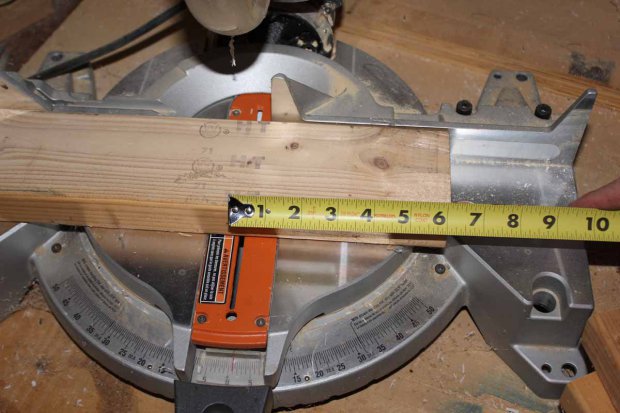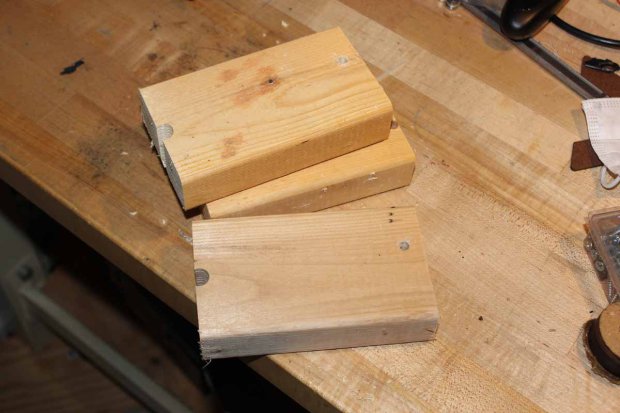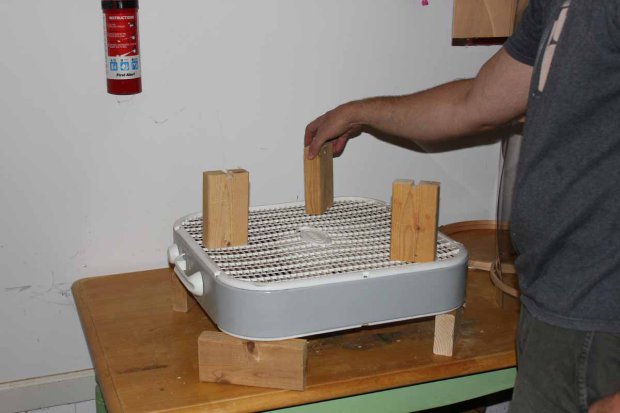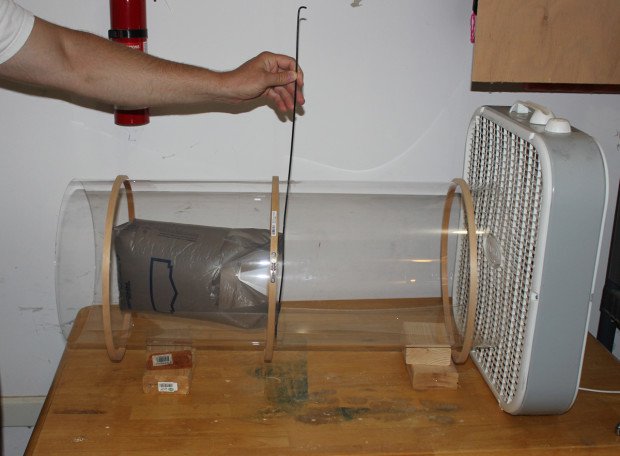A wind tunnel can be used to test airplanes, automobiles, or anything that you want to see how well it passes through the air. Besides military or automotive facilities, they can often be found in museums and educational science centers, where one could test out a wing shape or even a DIY parachute!
You can also build your own, as shown in the following instructions. It can be mounted vertically or horizontally, depending on whether you want to test a miniature parachute vertically, or measure the drag coefficient on your pinewood derby car in horizontal mode!




















